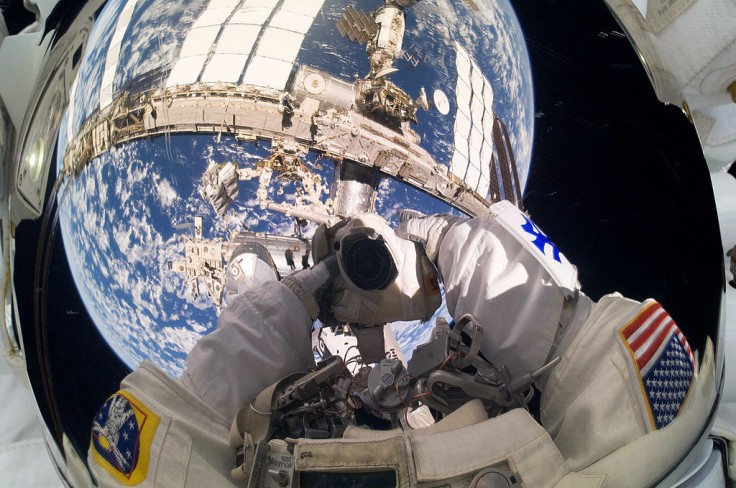In the very short time since such feats were first accomplished, humans have made significant progress in spaceflight and space exploration. Some space missions have shown just how far humanity can progress.
The people and crafts that took part in these incredible space missions made significant contributions to our understanding of the cosmos, and they will not be forgotten anytime soon.
Here, we look at five of the most unforgettable moments in the history of spaceflight.

Sputnik I: First Satellite in Space (1957)
The launch of Sputnik I from the Baikonur Cosmodrome in the Soviet Union on Oct. 4, 1957, inaugurated the space age. Before losing its signal, as per Popular Mechanics, the first human-made object to enter space orbited Earth 1,440 times in 21 days.
The Soviet mission shed light on the density of the Earth's atmosphere and the parameters that contributed to a satellite's success. Sputnik I remained in orbit until January 4, 1958, when it re-entered our atmosphere and was destroyed.
Vostok I: First Man in Space (1961)
According to Britannica, cosmonaut Yury A. Gagarin became the first human in space when he flew in space onboard the Vostok 1 spacecraft on April 12, 1961.
The history-making voyage which entailed one orbit around Earth only lasted 108 minutes before Gagarin parachuted down to Earth after ejecting from the spacecraft.
This mission brought Gagarin immediate worldwide fame. Popular Mechanics mentioned that before flying Gagarin into space, the Soviet Union conducted a test voyage using a Vostok I prototype, a dog, and a man-size dummy.
Mariner 4: First Image of Another Planet (1965)
Mariner 4 took the first photos of another planet on July 14, 1965.
The spacecraft got within 6,118 miles of Mars during its mission, revealing sunken craters, rust-colored hills, and old carved stream beds-signs that life may have existed there in the past.
The blurry photographs enthralled scientists and space enthusiasts alike, igniting a decades-long fascination with Mars.
Apollo 11: First Man on the Moon (1969)
On July 20, 1969, four days after taking off from Cape Kennedy, Florida, Neil Armstrong became the first human to walk on the moon as part of the Apollo 11 mission.
Buzz Aldrin, the lunar module's pilot, joined his commander less than 20 minutes later. They spent three hours on foot exploring the moon and collected surface samples, deployed scientific instruments, and took numerous photographs. Armstrong and Aldrin returned to Earth on July 24 after reuniting with colleague astronaut Michael Collins, who had also made the voyage.
Hubble Space Telescope: Spying on the Stars (1990)
Crew members of the space shuttle Discovery launched the Hubble Space Telescope into orbit on April 25, 1990, making it the most advanced orbital observatory ever built at the time. Since then, it has captured breath-taking photos of the universe's farthest galaxies, stunning supernovae, and our planetary neighbors, revolutionizing the field of astronomy in the process.
Space.com reported that leading the five-astronaut crew, Loren Shriver spent five days in space deploying the observatory and conducting science experiments. Hubble could capture significantly more detailed photographs than equivalent ground telescopes because of its vantage position in orbit.
But soon after the telescope began taking photographs, scientists discovered that an error in the production of Hubble's main mirror was severely degrading image quality, resulting in hazy images.
Related Article : Hubble Space Telescope Is Back! NASA Addresses Major Computer Glitch









